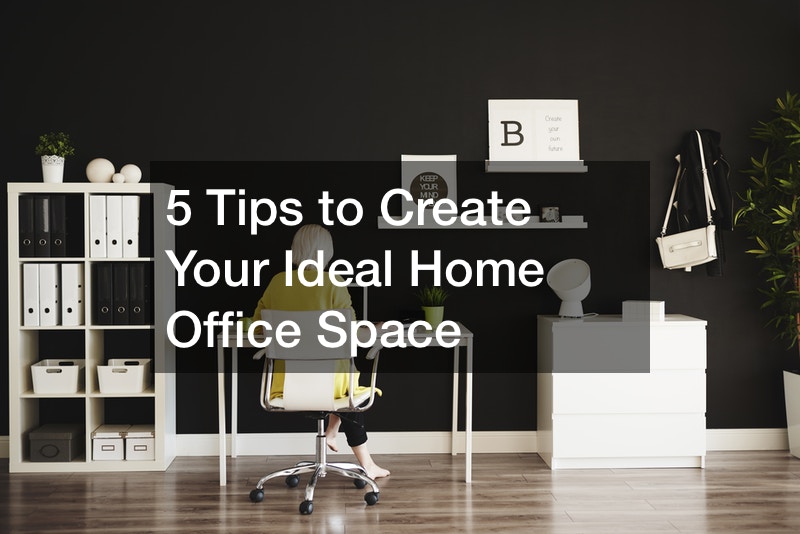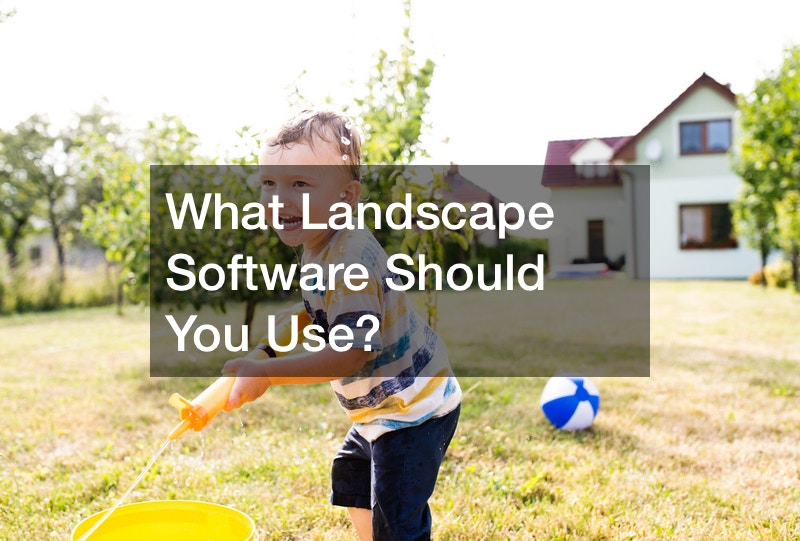
Despite the fact that COVID-19 vaccines are currently available, America will be spending a sizable portion of 2021 dealing with the pandemic. For one thing, the initial vaccine rollout was slower and less organized than it should have been. For another, many Americans who have access to the vaccine express trepidation and are unwilling to commit to it. Additionally, the vaccines typically involve a staggered approach for full efficacy, with a second shot being needed two to three weeks after the first dose.
Therefore, there is a clear need for companies to continue their transitions to remote work environments as they deal with the pandemic. For employees working remotely, this will involve creating a home office space that can help them flourish.

Why Remote Work Makes Sense
There are a lot of benefits to moving employees to a remote work environment, regardless of the pandemic. Business owners are actually able to save money when their employees work from home, as they do not need to worry about paying for office building rent or utilities. Due to the economic stress caused by COVID-19, this benefit is more important than ever before. Additionally, employees are often more productive when working from home. They do not need to worry about contracting the virus and can focus on work, nor do employers have to worry about the liabilities surrounding the virus. But even if the virus weren’t a factor, productivity would still be increased among most employees who have a more flexible work environment.
Understandably, some employers have become enamored with maintaining a remote workforce. A survey recently revealed that 80% of employers plan on having their employees work remotely for at least part of the time after the pandemic. Additionally, an estimated 47% will allow their employees to work from home full-time. The benefits mentioned before will remain after the pandemic is no longer an issue, and for many businesses, it would actually cost more for them to move to a traditional office than it would for them to remain as-is.
Perks aside, employees still need to think about the practical issues that come with working from home, especially creating a home office space. When you buy a home, it may have a space that is ideal for becoming a home office space. But few of those spaces are perfect as home offices right now. Whatever you choose will need some work, but not as much work as creating a normal office space would.
While an office would typically require certain basic supplies, office buildings currently need even more supplies in order to prevent the spread of the COVID-19 virus. Some of the techniques employed may include the use of protective desk barriers, for example. This is not needed when you’re focusing on creating a home office space in your own house. You’ll be in your own protective bubble in that case, and if you are exposed to the virus won’t have to worry about potentially exposing your coworkers as well. Furthermore, this will allow you to spend less money in the long term, compared to what a business owner may need to pay per office space.
With this in mind, let’s look into a few of the tips to consider when creating a home office space. Although those that want to not only work from home but build their own businesses may want to consider investing in prefabricated commercial buildings, you don’t necessarily need to invest in these types of spaces in order to work from home. There are a lot of ways that spare rooms or even unfinished basements can be turned into great home office spaces — not only during the pandemic but well beyond, as well.

1. Consider Your Furniture
You need to put a lot of thought into creating a home office space on several different levels, but perhaps especially in terms of the furniture that you’re considering for your home office. This may take more time and thought than you would imagine. When working within a standard office space in a commercial building, your employer would choose your furniture for you. But when you’re creating a home office, you can find furniture that molds to your body and accommodates your specific needs perfectly.
When working in traditional office spaces, a lot of employees end up experiencing back pain and may even suffer from workplace injuries. Not all workplace injuries involving tripping and falling, after all. A lot of people hurt themselves by working day after day sitting in hard and unaccommodating office furniture. This can actually cause stress injuries or spinal injuries over time.
When creating a home office space, you have the ability to do whatever you want in terms of furniture, while at the same time remaining professional. If you would like, you can even invest in a balance ball. A lot of employees would prefer this due to the way it accommodates the back, but they may be unable to use it due to restrictions of their offices regarding decor. Of course, you won’t have to worry about any restrictions at home, which will also allow you to choose decor that puts you in a good mood and is aesthetically pleasing for you. If a home office modeled after the 1970s is appealing to you, there is nothing stopping you from pursuing that design dream.

2. Focus on Organization
When creating a home office space, you need to think long and hard about how it will accommodate your ability to organize. There are so many benefits to working from home and having employees work from home. But one potential drawback is that you will be relied upon to organize yourself. While in an office building there will often be organizational systems in place, this is not necessarily the case in home offices. This leads to the opportunity for data being lost or misplaced, and work to be less efficient. Additionally, for employees, this can result in jeopardizing your job. Your employer may be keeping a closer eye on you if you’re working remotely for the first time ever, and depending on your role within the company you may be subjected to additional scrutiny. For example, if you’re in charge of small business accounting books, your employer will be looking for you to be as organized as possible.
This will involve, for example, using filing cabinets. These cabinets will allow you to keep hard copies of important documents and dividing them easily. As you focus on creating a home office space, you may not love the idea of putting these documents away in a typical filing cabinet. But in this day and age, there is a wide variety of filing cabinets on the market. Some of them are made specifically to be more visually appealing than standard filing cabinets. Just because you work for an accounting firm, for example, and are working from home for the first time, that doesn’t mean that your office needs to be visually unappealing.
3. Don’t Forget Security
One of the main issues that employers have when employees begin working from home is security. Employees take a lot of equipment home when they work remotely, for one thing. Often, there may be issued standard work laptop computers when working from home, which can house sensitive data. They may also come with add-ons like webcams, speakers, and microphones. This type of equipment can be targeted for theft. Additionally, any hard copies of documents containing sensitive information can be targeted for theft or other criminal activity.
In order to combat this when creating a home office space, employees should make sure that their home offices have certain features. There is nothing wrong with a home office space having a window to let in natural light, but that window can make it easier for potential thieves to case the home office and target equipment that they may want to steal. This is why these windows must be kept locked, and when you are not in the home office, you should have blinds or curtains closed. Additionally, those building their personal offices may want to consider investing in safes in which they can keep their work laptops and other equipment that is expensive or sensitive. Hard copies of documents should be kept in filing cabinets that can be locked. Whether you’re working for an email marketing agency or a law office, you need to think very carefully about the security of your home office. While there is no way that we can guarantee the security of our home offices, we can make sure that they’re as safe as possible within our power.

4. Make Cleaning Easy
There are certain limitations that occur when you’re creating a home office space in your own house. For one thing, you won’t be able to rely on commercial cleaning services the way your employer would. But you’ll still be spending a lot of time in your home office and will almost inevitably end up eating lunch and snacking there. In fact, it may be easier for you to do that because you’re in your own home. What this means is that there are a lot of opportunities for home offices to become messy and look less than professional. You could even open yourself up to dealing with issues like bugs. Nobody but you is responsible for cleaning your home office. You’ll either need to clean it yourself or employ a home cleaning service, which could be a bit more complicated with the pandemic in mind.
Therefore, try to have a somewhat minimalist approach to your home office. Have what you need, but don’t overcrowd it with packaged furniture that will make it more difficult to clean. Additionally, steer clear of a lot of upholstered office furniture and stick to smooth surfaces that are easy to wipe down and clean. You may also want to have the indoor air quality tested when you create a home office space, especially if you’re converting a space that you previously didn’t spend a lot of time within at home, like an unfinished basement. After all, you’ll be spending a lot of time in that space now, and you want it to be as healthy and clean as possible. Fortunately, there are indoor air quality services available that can handle this, and some of them can also offer suggestions in terms of cleaning your air with filters.
5. Choose an Inspirational Design
There are a lot of issues to consider when creating a home office space, but not all of them are focused on total practicality. A great thing about a home office is that it is something that you can place your personal stamp upon. While a commercial building company must provide offices that are essentially blank spaces, you can make an office that will specifically inspire you. Don’t just consider how comfortable and easy to clean certain types of home office furniture would be. Think too about the types of colors that would put you in the best mood. Bright colors can typically produce more of an awake, energized feeling, while warm tones often encourage productivity more than cool tones do. Think about this when you’re decorating a home office, and consider potentially working with an interior designer to make the best possible office.
Even artwork can affect the overall look and feel of your home office, as well as how motivating it is to you. Try to pick something that would make you smile, or perhaps push you to be more creative while working. You have the control when creating your home office, and the way that it looks is up to you. See this as a good thing, and take advantage of it!
There are a lot of issues that may crop up when building your home office space, but you shouldn’t feel discouraged if you don’t get it right the first time. There are a lot of choices involved in creating a home office space. Think about both the practical and creative aspects of building a perfect home office, and try to have fun with it. How often do you have the chance to create your own ideal workspace?



